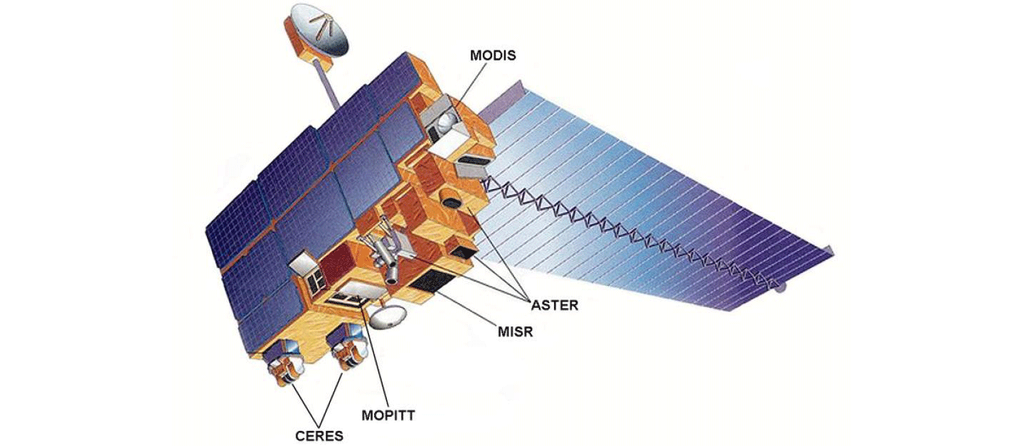Earth planning date: Friday, April 5, 2024
Curiosity continues to drive south along the eastern margin of the upper Gediz Vallis ridge and will pause over the weekend for Mastcam to snap over 350 images that will be stitched together to create a beautiful 360-degree mosaic. Our current location along the rover’s traverse provides the optimal position for this postcard view because the rover is parked along a bend in the ridge between “Fascination Turret” and “Hinman Col” to the north, and “Pinnacle Ridge” to the south. The 360-degree mosaics are some of my favorite data products and this one will surely be a stunner!
In addition to the Mastcam 360-degree mosaic, we will investigate a light-toned block in the workspace with fractures, or breaks, named “Ahwahnee.” Curiosity will brush the surface of “Ahwahnee” with the Dust Removal Tool (DRT) and will characterize the rock with APXS and images from MAHLI. Mastcam will collect small stereo mosaics of the contact between the Mt. Sharp bedrock and the upper Gediz Vallis ridge materials, and of a light-toned target, “Fleming Mountain,” that was described by a science team member as a rock with an “elephant-skin” texture. ChemCam LIBS will investigate the chemistry of a smooth, dark rock in the workspace, a target that was named “Thunder Mountain” despite its small stature.
After completing a ~20-meter drive over the bumpy and tilted bedrock surface, we will take some post-drive imaging. The second science block is untargeted, and therefore includes a ChemCam AEGIS measurement that will add another data point to our ongoing bedrock survey. The Environmental Theme Group planned several observations including a ChemCam passive sky survey, a dust devil movie, and a zenith, suprahorizon, and Mastcam tau that will measure the amount of dust in the Martian atmosphere.
Written by Sharon Wilson Purdy, Planetary Geologist at Smithsonian National Air and Space Museum



































